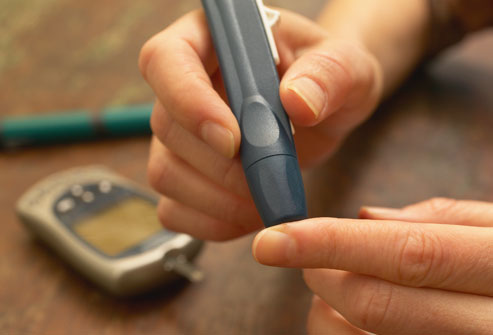
Glucose checks are an important part of diabetes management. You must know how to use your meter and what to do with your results. Keeping track of your levels is also an excellent way to track your progress. If your glucose is higher than the normal range, you may need to increase your medication or restrict your diet. You should record your daily activity and note any changes. Your healthcare provider can review your records and suggest actions. You can also print a log sheet for your meter and bring it with you to your appointment.
Blood glucose checks are an essential part of individualized diabetes care. Although blood sugar numbers are often low, they can change if you experience illness or new medications. Having regular tests is especially helpful if you’re diabetic and need to monitor your glucose levels closely. Having your meter checked regularly is also good for your provider’s health. It is also an effective way to stay informed about your blood sugar numbers. It also helps to know what to expect from your check-ups.
During a glucose check, a health care provider will take a blood sample from a vein in your arm. The needle will be very small and take a few milliliters of blood. The blood sample will then be collected in a vial or test tube. You may feel a slight sting as the needle goes in. Before the procedure, drink a sugary drink. You can also have a small snack prior to the test.
A paired blood glucose check is helpful for people with diabetes. During a meal, you should test your blood glucose levels before and after eating. This can help your care team adjust your insulin dose or lengthen the time you spend in the glucose-healthy range. By using your own glucose data, you can help your health care provider manage your diabetes better. A paired glucose check can also tell your care team about the insulin dose you should take.
Taking glucose checks regularly can help you to monitor your glucose levels. If you’re concerned about your glucose levels, you can ask your healthcare provider to do a paired test. This is when you test your blood glucose before eating and after eating a meal. If you’re eating a meal that contains a large amount of carbohydrates, the paired test is helpful as it can give you a clear idea of whether your blood sugar level is within a normal range.
If you are a diabetic, you need to keep track of your glucose checks. You can track them in the high score book or on your smartphone. This will help you track blood sugar trends and adjust your treatment accordingly. When your blood sugar is too low, you need to take insulin to control it. You should also check your blood glucose levels before and after meals. This will help you keep track of your diet and exercise.
It is important to check your blood sugar levels before and after meals. To ensure accuracy, it is best to measure your blood sugar before and after your main meal. Your test result may not match your doctor’s, so it’s important to keep track of it. You should also check your blood glucose levels in the morning and before bed while you eat. Having a record will help you see how your numbers change throughout the day.
You should bring your glucometer with you during the examination. During your meetings, you can compare the two results to see which one is more accurate. If your results differ by 15% or more, this may be a sign that your equipment is inaccurate. If you have an accurate blood glucose meter, make sure it is properly calibrated. It is important to visit your doctor regularly.
It is vital to your health that you check your glucose levels regularly and take a natural supplement regularly if necessary Diazen. It is very important to be sure that the glucose level does not decrease during meals. You will need to monitor your blood glucose levels to avoid any complications. Low blood sugar can be dangerous to your health. To avoid this, make sure your food is compatible with the test strip. A high-fat meal will affect glucose levels more than a low-fat meal.
